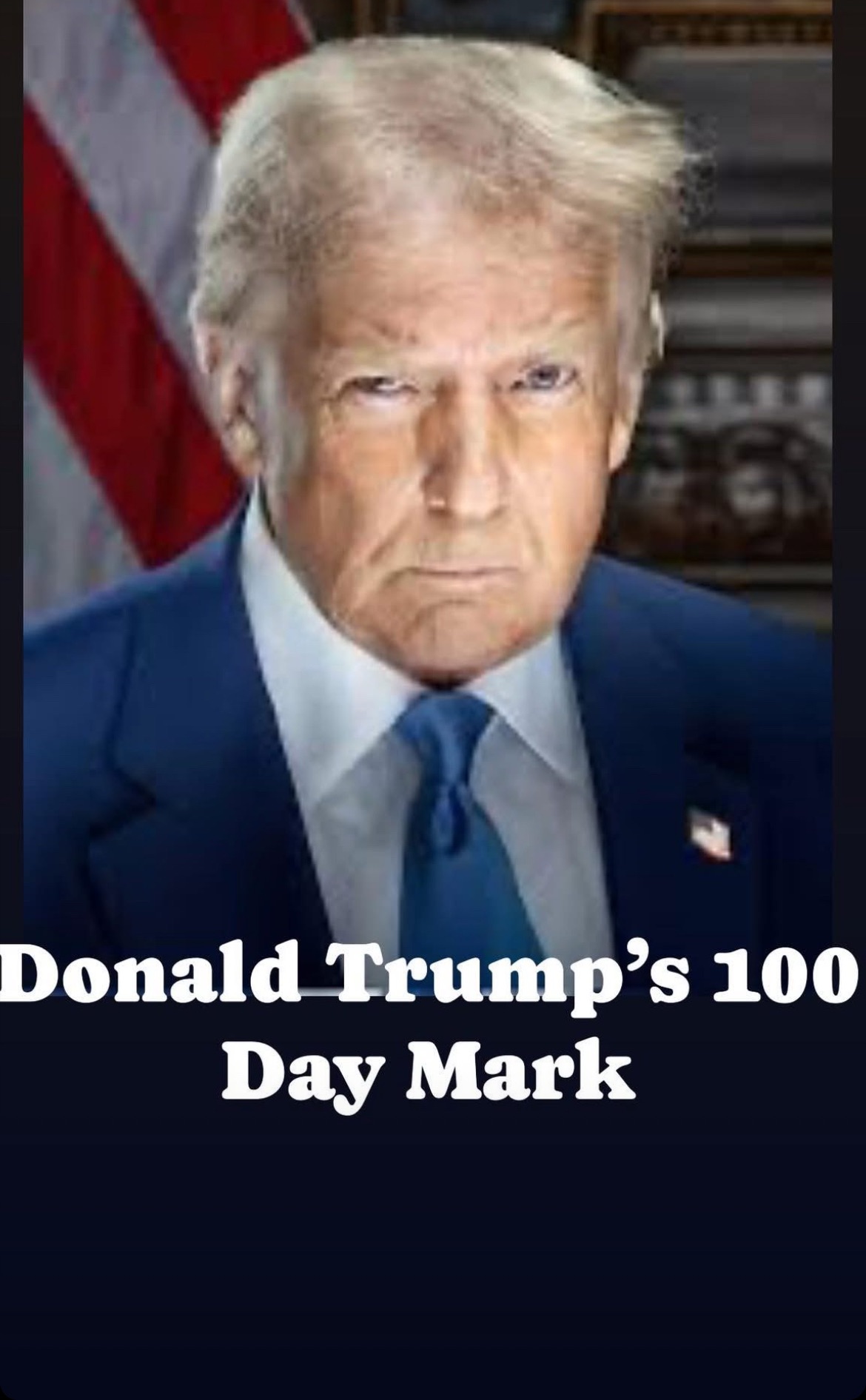The first 100 days of a presidential administration have historically been used as a symbolic benchmark to assess the new leader’s political momentum, policy priorities, and governance style. This paper examines Donald J. Trump’s 100-day performance, analyzing legislative achievements, executive actions, political rhetoric, and broader implications for the American political landscape. It argues that Trump’s 100-day mark reflected both the volatility and disruption promised during his campaign yet also exposed structural limitations within the executive branch and the broader political system.
Introduction
The “First 100 Days” has become an evaluative tradition in American presidential history, dating back to Franklin D. Roosevelt’s swift flurry of legislative activity during the Great Depression. For Donald J. Trump, the 45th President of the United States, the 100-day milestone offered an opportunity to consolidate the populist promises of his unconventional campaign. However, the Trump administration’s early performance also highlighted tensions between political ambition and institutional inertia. This article explores the Trump administration’s early actions, legislative outcomes, political communication strategies, and their implications for presidential power and partisanship.
Campaign Promises Versus Early Governance
During his campaign, Trump issued a “Contract with the American Voter,” a 100-day action plan consisting of significant pledges ranging from immigration reform to tax cuts. Among the most prominent promises were the construction of a wall along the U.S.-Mexico border, the repeal and replacement of the Affordable Care Act (ACA), a large-scale infrastructure plan, and the renegotiation or withdrawal from international agreements such as NAFTA.
In practice, the 100-day mark revealed a gap between campaign rhetoric and policy realization. While Trump issued more than 30 executive orders — a record pace compared to previous presidents — substantive legislative achievements remained elusive. Most notably, the American Health Care Act (AHCA), intended to repeal and replace the ACA, failed to pass the House of Representatives during this period, highlighting intra-party divisions within the Republican majority.
Executive Actions and Policy Shifts
Trump’s early presidency relied heavily on executive authority. His actions included:
- Immigration: The issuance of Executive Orders restricting entry from several Muslim-majority countries, resulting in significant legal challenges and nationwide protests.
- Deregulation: An aggressive rollback of Obama-era regulations, especially in the environmental and financial sectors.
- Trade: The withdrawal from the Trans-Pacific Partnership (TPP) and the signaling of intent to renegotiate NAFTA.
- Military: Authorization of a missile strike in Syria following the Assad regime’s chemical weapons attack, marking a pivot from his previous isolationist rhetoric.
Executive orders allowed Trump to project an image of decisiveness, though critics pointed out the temporary and easily reversible nature of such actions compared to permanent legislative changes.
Communication Style and Political Polarization
Trump’s communication strategy during his first 100 days was unprecedented in both style and medium. His frequent and unfiltered use of Twitter served as a direct link to his political base, bypassing traditional media channels. This approach reinforced partisan divides, solidified his support among core voters, and intensified opposition among his critics.
Mainstream media outlets, characterized by Trump as “fake news,” engaged in an adversarial relationship with the White House, culminating in a climate of pervasive distrust. Trump’s rhetorical framing — portraying Washington as a corrupt establishment and himself as a transformative outsider — continued to resonate among segments of the electorate, but also limited his ability to build coalitions necessary for legislative success.
Legislative Gridlock and Institutional Constraints
The early months of Trump’s presidency demonstrated the enduring strength of institutional checks and balances. Despite Republican control of both houses of Congress, the administration struggled to pass major legislation. Factors contributing to this gridlock included:
- Ideological divisions within the Republican Party, particularly between the conservative Freedom Caucus and more moderate members.
- Judicial review and the independent judiciary’s willingness to block key executive actions (e.g., travel bans).
- The bureaucratic complexities of dismantling entrenched regulations and programs.
Trump’s frustration with these constraints occasionally manifested in public criticisms of Congress and the judiciary, raising concerns about the administration’s respect for constitutional norms.
Conclusion
Donald Trump’s first 100 days in office illustrated the tension between the disruptive mandate he carried into office and the enduring stability of American political institutions. While successful in projecting an image of action through executive orders and aggressive rhetoric, the administration’s substantive achievements were limited. The period also marked the acceleration of political polarization and a redefinition of presidential communication strategies. Ultimately, the Trump administration’s early struggles foreshadowed the broader patterns that would define his presidency: fierce loyalty among a populist base, chronic legislative difficulties, and a contentious relationship with both the media and traditional political structures.
References
- Milkis, S. M., & Nelson, M. (2019). The American Presidency: Origins and Development, 1776–2018. CQ Press.
- Skowronek, S. (1993). The Politics Presidents Make: Leadership from John Adams to Bill Clinton. Harvard University Press.
- CNN. (2017). “Donald Trump’s 100 Days: By the Numbers.”
- The New York Times. (2017). “Trump’s 100 Days: An Assessment.”
- Pew Research Center. (2017). “Public Trust in Government: 1958-2017.”

By: Donte Nelson


